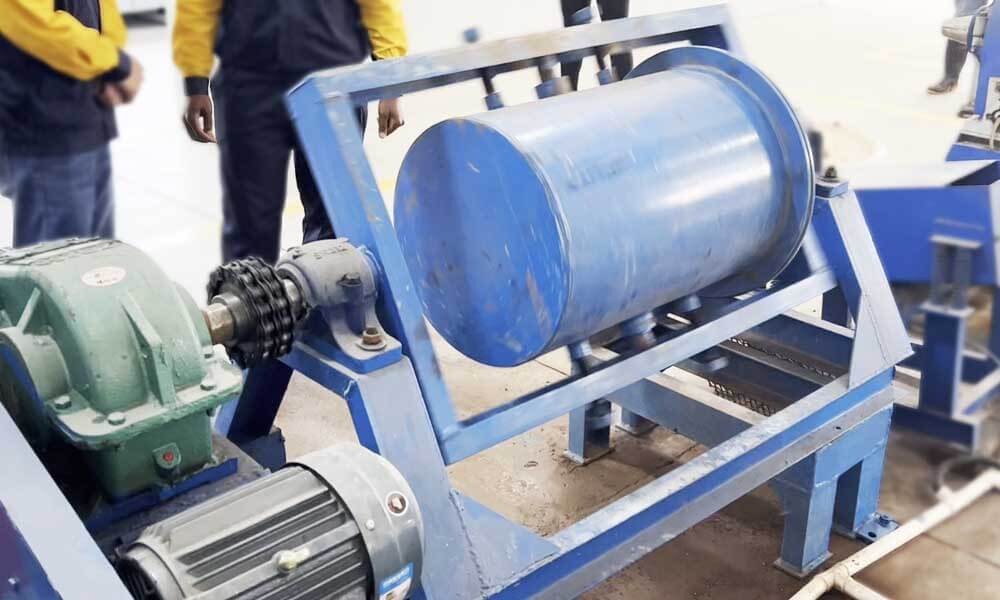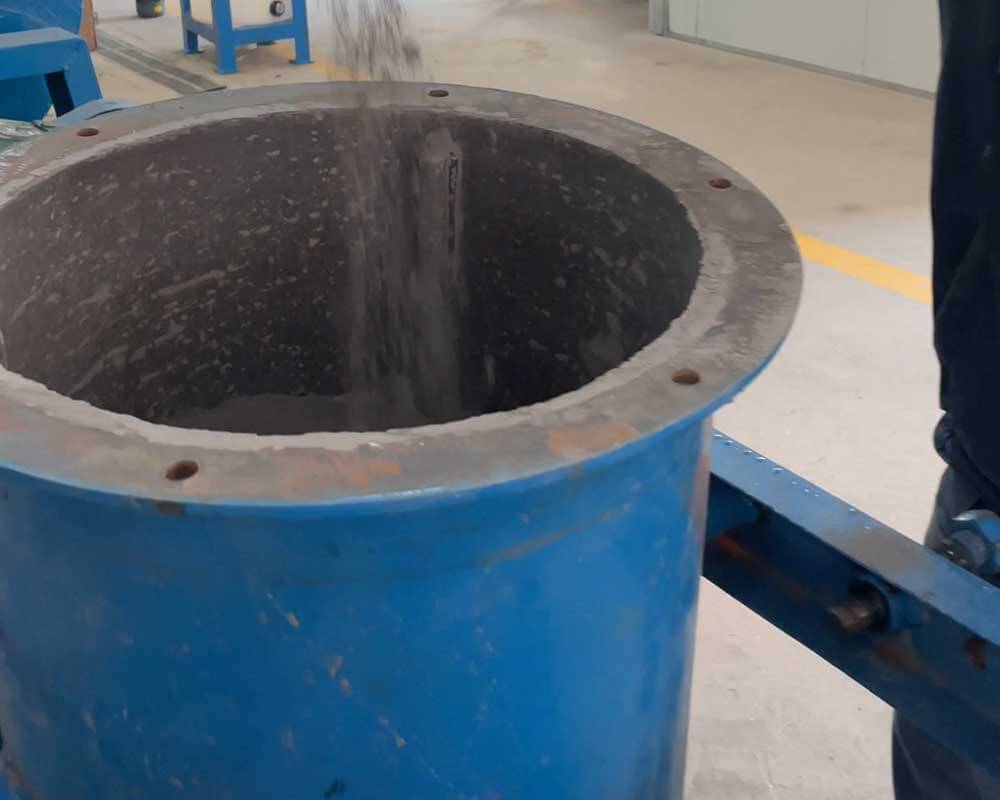Laboratory grinding equipment is used as equipment for sample processing. During the use of ball mill, only by properly maintaining and servicing the machine can the ball mill operate normally and improve production efficiency. There are two types of experimental grinding equipment, one is ordinary, and the other is continuous feeding and discharging, which can be used for dry and wet grinding. It adopts frequency conversion technology, can control the grinding time, and is equipped with a frequency converter. There are many types of laboratory ball mills, among which the drum ball mill can grind samples ultrafinely.

What is Drum Ball mill
The laboratory drum ball mill is a grinding equipment that combines mixing, fine grinding, sample preparation, nanomaterials, product development, etc. The special design of this machine allows the center of the grinding drum to rotate with it, thus becoming a ball mill forced mixer, especially suitable for the powder material industry. It has a very wide range of applications. This drum ball mill adopts automatic operation, can produce continuously, and is easy to operate and manage.
Principle
This lab drum ball mill machine consists of a cylinder, a frame, a hand-cranked worm gear reducer, a machine base, and electrical control. The motor is directly connected to the worm gear reducer, and the frame is driven by a star shaft to make the cylinder rotate. The steel balls (or steel rods) produce strong impact and grinding in the sealed cylinder to grind the ore. When grinding, the center of the cylinder coincides with its rotation center (the recommended feed amount, steel ball ratio, weight and speed in the main parameters are for the reference of users when grinding, and the user shall determine it according to the specific situation when forced mixing, but except for the feed amount each time, the rest shall not exceed the recommended value). When forced mixing, the center of the cylinder can be made to coincide with its rotation center, or the center of the drum can be made 30 degrees from its rotation center, which will increase the mixing effect more strongly. When discharging ore, use an electrical appliance to rotate the cylinder to make the frame horizontal. Then withdraw the cylinder fixing bolts.
Features:
- It can be used wet or dry, and can adapt to grinding materials in different states;
- It uses a copper core motor, which has sufficient power, low noise, and strong overload resistance;
- It has a fully enclosed structure, low noise, and pollution-free grinding process;
- The lab drum ball mill has large production capacity, large crushing ratio, and high grinding efficiency;
- It has low energy consumption, reliable operation, and is economical and practical;
- The liner is cast from high-quality wear-resistant materials, which is wear-resistant and has a long service life.

How to maintain
- When grinding materials, control the grinding time according to the grinding degree of the sample and the grinding experimental requirements to avoid excessive grinding that causes sample loss or grinding medium wear.
- Keep the electrical control parts of the instrument clean and dry;
- Add lubricating oil to keep the working parts and mechanical transmission parts of the ball mill lubricated;
- Keep the inside and outside of the instrument clean. After the ball mill is used, clean the ball mill and grinding jar in time to avoid accumulation of residual samples.
- Set up a maintenance ledger to record the instrument overhaul history.
- Regularly checking the lubrication of the machine is to reduce friction and wear between moving parts such as bearings and gears. This helps to maintain the efficiency and service life of the ball mill. Cleaning is also important to remove any residues that may cause blockage or affect grinding efficiency.
- Regular oil changes ensure smooth operation of the machine and reduce the risk of mechanical failure. Adjustments are necessary to maintain the alignment and tension of belts and other moving parts, which will wear or misalign over time.
- Due to the high pressure environment of the ball mill, parts such as drive belts, gaskets, filters, etc. are prone to wear. Regular inspection and timely replacement of these parts can prevent unexpected failures and extend the operating efficiency of the ball mill.
- Regular inspection and maintenance. Major overhauls involve more comprehensive inspection and repair, including partial or complete disassembly of the equipment to inspect and replace major components.
The lab grinding equipment produced by Asia and Africa International (JXSC) has very good performance and quality advantages, and the price is also very affordable. It is a suitable choice for users to purchase ball mill equipment. We support customized laboratory grinding equipment and mineral testing services, please contact us for more details!
